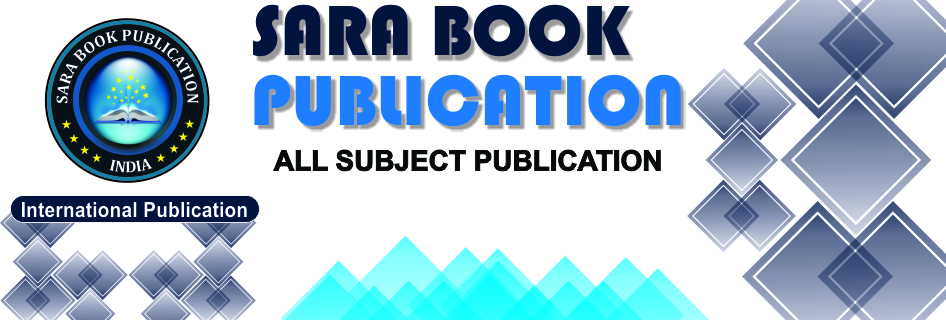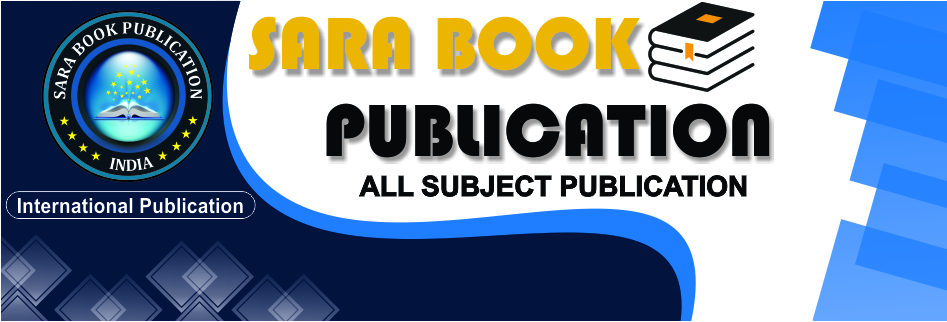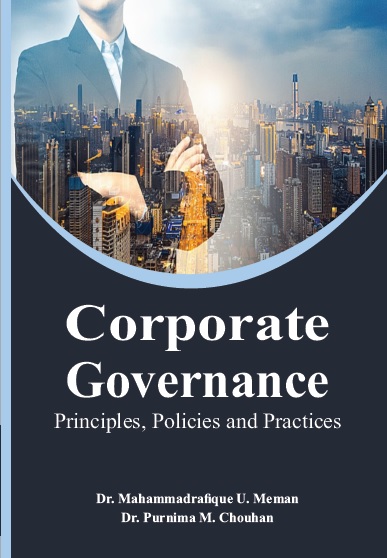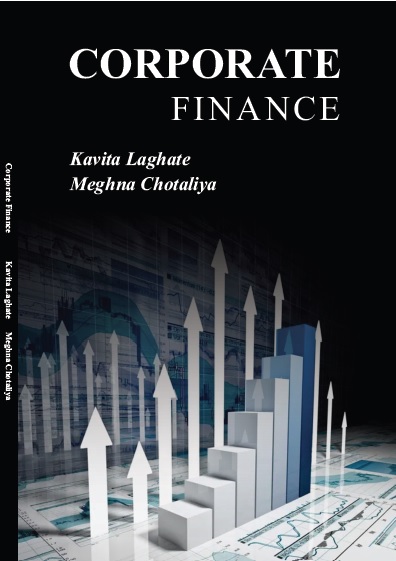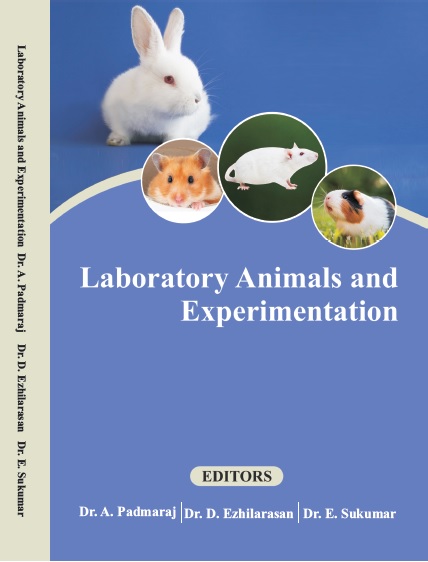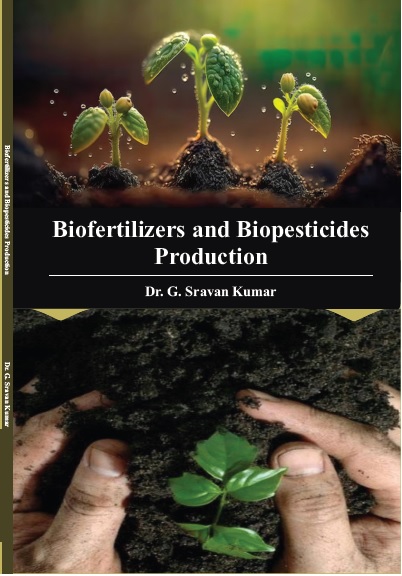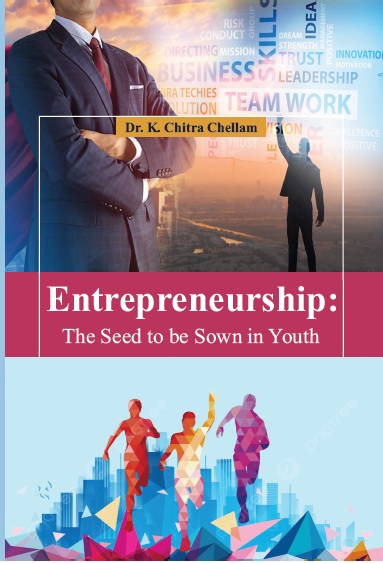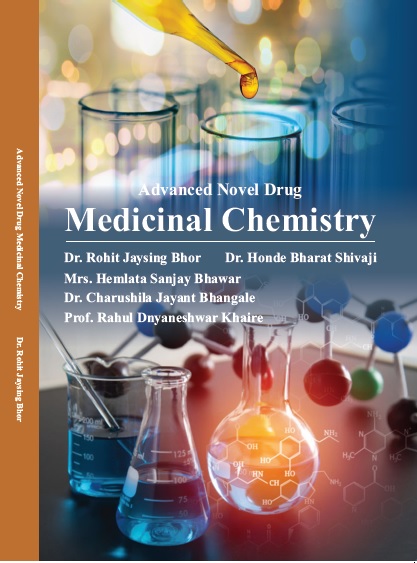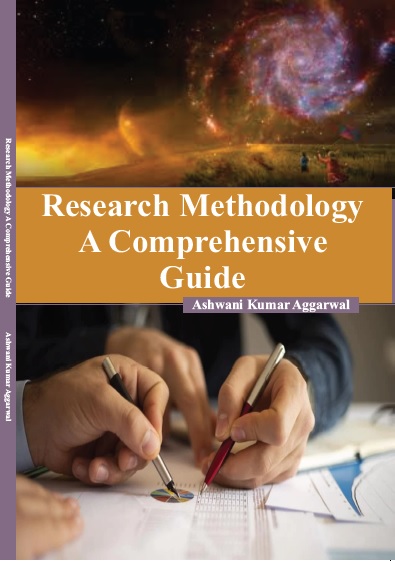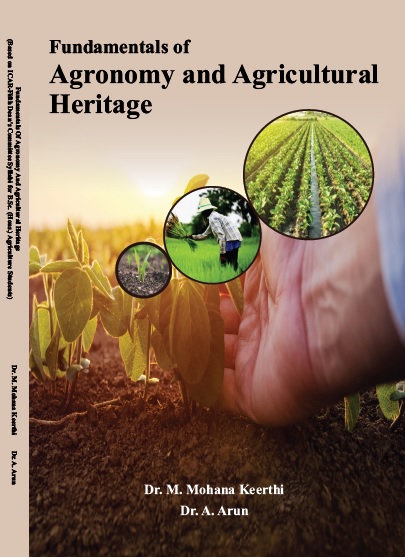SOCIAL SCIENCE AND HUMANITIES
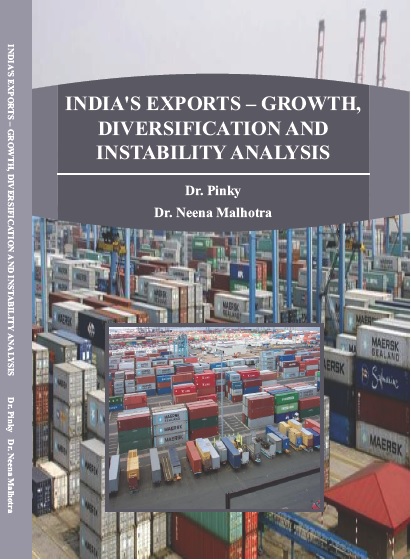
India's Exports – Growth, Diversification And Instability Analysis
by Dr. Pinky
ISBN Number : 978 - 1- 73029 - 954 - 4
Authors Details
| Author Name | Image | About Author |
|---|---|---|
| Dr. Pinky |  |
Dr. Pinky is presently working as Assistant Professor in Economics at
Khalsa College, Amritsar. She did her B.Sc in Economics in 2007 from
Sant Singh Sukha Singh (SSSS) College of commerce for women,
Amritsar. Further, she did her M.Sc (Hons.) in Economics in 2009 and
Doctorate in Economics in 2015 under UGC- Junior Research Fellowship
(JRF) from Punjab School of Economics, Guru Nanak Dev University,
Amritsar. Her research papers are published in reputed journals. She has
presented papers in national and international seminars and conferences. |
| Dr. (Mrs.) Neena Malhotra |  |
Dr. (Mrs.) Neena Malhotra did her M.Sc. (Hon s.) in Economics in 1984
from Punjab School of Economics, Guru Nanak Dev University, Amritsar.
She received her PhD degree in economics (under UGC fellowship) in
1992 from Punjab School of Economics Guru Nanak Dev University,
Amritsar. She has successfully completed UGC Minor Research Project
entitled, Impact of Liberalization Policies on Indian Economy in 1995.
In 2001, she got degree in Masters of Business Administration from Indira
Gandhi National Open University, New Delhi. She has more than 70 research papers published in
reputed national and international journals and co-authored two books, Dynamics of Indias
Imports and Human Resource Development: Practices and Climate Presently, she is Associate
Professor in Punjab School of Economics, Guru Nanak Dev University, Amritsar. She has more
than 30 years of teaching and research experience. |
Book Description
This study presents a detailed analysis of India's merchandise exports growth, structure, diversification- both commodity wise and geographical-and instability of exports income. Ever since independence, exports have occupied a significant place in India's economic policies. For a long period India followed the policies of import substitution and self-reliance though export promotion was also on its agenda of development. There was a paradigm shift in India's policies towards liberalization and globalization in 1991. During post 1991 era, the liberal policies created an environment conducive for rapid exports growth. During last two and a half decades India has transformed itself from a restrictive closed economy to an important trading country in the world market. The economic reforms have significantly impacted the performance of Indian economy in terms of high growth rates of imports, exports and GDP. The long term vision of Indian economy is to become a major player in the world trade and to assume leadership role in international trade organizations. However instability of exports income is a major issue confronting India. Instability of exports income was always a challenge and in the globalized economy vulnerability is still higher as has been shown by world financial crisis of 2008 which resulted in economic slowdown and trade contraction in India. Despite many challenges on domestic and international front India is expected to grow at a rate higher than 7%, which will be highest among the major economies of world. This study makes an in-depth analysis of instability of exports earnings, commodity wise as well as country wise during the period 1987-88 to 2012-13 and arrives at significant policy implications. The study also analyses the causes of exports earnings instability and the relation between exports instability and economic growth. During the course of the study, we visited a number of institutions and Libraries like Ratan Tata Library, Delhi University; Jawaharlal Nehru University Library (JNU), New Delhi; Library of Panjab University, Chandigarh; library of Punjabi University, Patiala and Library of CRRID (Center for Research in Rural and Industrial Development), Chandigarh etc. We gratefully acknowledge the help rendered by the librarians of these institutions for extending us access to the research material available in these libraries. We are also thankful to all faculty members in Punjab School of Economics, Guru Nanak Dev University, Amritsar for their suggestions, and support and research facilities for the completion of this work. Our sincere thanks are to Librarians, Punjab School of Economics, Guru Nanak Dev University, for their help in making best use of the library. We would also like to thank non-teaching staff members of the department for their kind support and cooperation.



